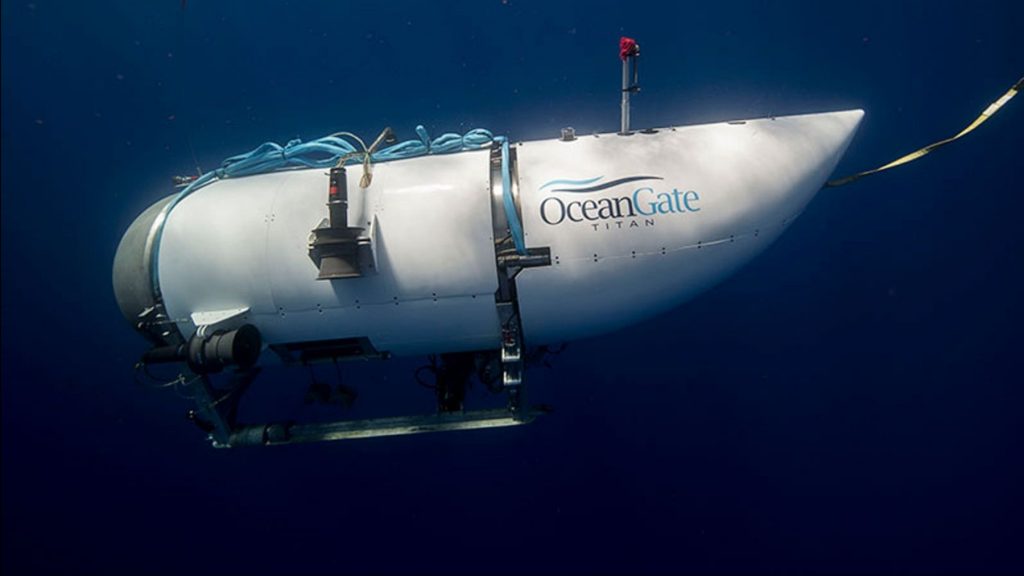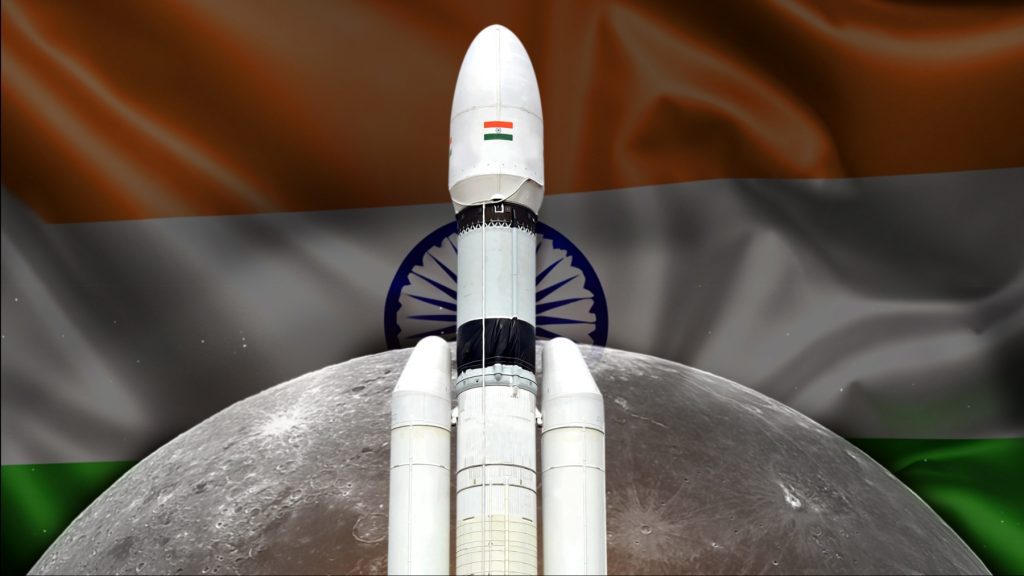
Don’t you find that sometimes, you don’t have to have any connection to events you read in the news to feel personally involved?
We looked back on the last year’s stories to remind ourselves of those moments when the news stirred our hearts, evoked our anger, filled us with pride, darkened us with dread or gifted us with hope. Spoiler alert: Elon Musk doesn’t feature.
Donald Trump
The most divisive character in the United States had all legal cannons lined up and aimed at him in 2023. Already criminally convicted and twice impeached, Donald Trump has confounded the critics who assumed his re-election campaign would be dead and buried before it started. Like the mythical Hydra which grew two heads for every one that was cut off, the former president gains more supporters with every headline or ruling that confirms his guilt. Aaron Sorkin, the celebrated screen writer, penned an astonishingly prescient speech of a fictional American President who, when describing the character of his upcoming electoral opponent, said, “…this guy will only tell you two things. What’s wrong with this country and who’s to blame for it.” It was on this ticket that Trump swept to power in 2016 and it’s on the same platform he may yet own the White House again.
But this time, he has the advantage of sufficiently advanced AI to create the very thing he espoused as the biggest evil in America: fake news. The unseemly haste in which the Democrats have thrown the kitchen sink at him, whilst thoroughly deserved, is an indication that AI and Deepfake will be deployed by on a scale and battleground the world has never seen before, by both parties in the upcoming elections. While the rest of the world awaits the news on tenterhooks.

Turkey Syria Earthquake
On February 6th the earthquake whose epicentre created a humanitarian crisis in Turkey and Syria, brought visual representation to the world of a region already decimated by almost every single kind of societal chaos you could imagine.
There are some photographs that are so devastating, anyone looking at them today may assume they’re looking at Gaza. The UN were really speedy with getting aid into the area – but to Turkey. Syria’s internal chaos prevented much outside help from reaching that county’s affected area.
41,000 dead bodies were pulled from the rubble, an unimaginable horror. But while there was nothing to be done for the departed souls, technology stepped in to rescue the living. NASA’s FINDER technology was rushed halfway around the world to work its extra ordinary magic. FINDER is the acronym for Finding Individuals for Disaster Emergency Response. It uses microwave technology to detect heartbeats and respiration, through tonnes of collapsed building material. The faintest of beats, the shallowest of breaths. We mourn for 41,000 souls. But it’s hard not to tear up with relief at the news of the families who were given back a loved one presumed lost, because of this wonderful piece of tech.

Oceangate’s Titanic Submersible
It was like a Hollywood summer blockbuster. Except there was no soundtrack except the cold, thick silence of the ocean floor. And no happy ending except, as it turns out, a mercifully instantaneous death for the five passengers of the submersible craft on a joy ride to view the Titanic.
The world was held enthralled for a week for the news about the fate of the five.
First, it was about the dwindling supply of oxygen with the assumption that those onboard could still be alive. Then attention switched to the manner of their deaths. Did they just quietly succumb to the lack of air? Did they freeze to death? One report suggested they melted. As it turns out, they died in an instant, bodies flattened by the pressure of almost three tonnes on every square centimetre of their bodies.
And then came the questions. How seaworthy was the vessel?
Was the navigator properly qualified? Or even, as Inside Telecom asked, why was there no black box to help prevent further mishaps and tragedy?
In the greater arena of world events, five lives lost can’t quite compete with the carnage of the Turkey/Syria earthquake, the Russia/Ukraine conflict or the yet-to-happen Israel/Palestine war. But somehow, the submersible incident hit our hearts hard.

The Israel Palestine War
If we called Donald Trump divisive, he has almost nothing on how people all over the world feel about the events of, and after, October 7th. We’re a tech magazine and we found lots of material to write about, to be sure. But it was starting to prove impossible to be impartial. Because some of the tech on display in the conflict seemed to be conceived in hell.
Actually, one particular charmer was named after the place it was originally dreamt up. The Hellfire R9X is a missile that doesn’t explode. It just lands where it’s been guided and once it hits the ground, two meter long blades pop out of it and start slicing and dicing the poor soul who was probably busy celebrating the fact that a bomb had just landed next to him and hadn’t exploded.
The Americans gifted it to the IDF in another fine example of US foreign policy. We believe it was originally designed for single target assassinations, so that’s nice. Children were amongst those who’ve been carved up by this weapon. It suddenly becomes abundantly clear why the country that continues to think it’s the great nation on earth is so roundly despised by more than half of the rest of the world.

India’s Chandrayaan-3 Moon Mission
It’s a question that’s been raised a million times since Neil Armstrong set foot on the moon in 1969. How do we establish a colony there, without it costing the earth. The few countries that have the capability for any sort of space exploration have repeatedly shied away from leading the charge to actually plan for a moon colony, such has been the projected expense.
But then along comes India who plonk a lunar module down for a fraction of the cost of Apollo . An amount, in fact, that wouldn’t even get a Hollywood blockbuster made. Okay, so that sorts out the travel arrangements for a moon colony. Then, Chandrayaan-3 had the absolute effrontery to discover all the raw materials need to build the colony – right there. Sulfur, aluminum, iron, chrome, titanium, manganese, silicon and oxygen. There, as if they’d walked into the Moon Colony Supermarket. How embarrassing for the top brass in the US, Russian and Chinese space agencies.
And so onto 2024. There’s not much else to write, except maybe:
Fasten your seatbelts.
Inside Telecom provides you with an extensive list of content covering all aspects of the tech industry. Keep an eye on our Community sections to stay informed and up-to-date with our daily articles.